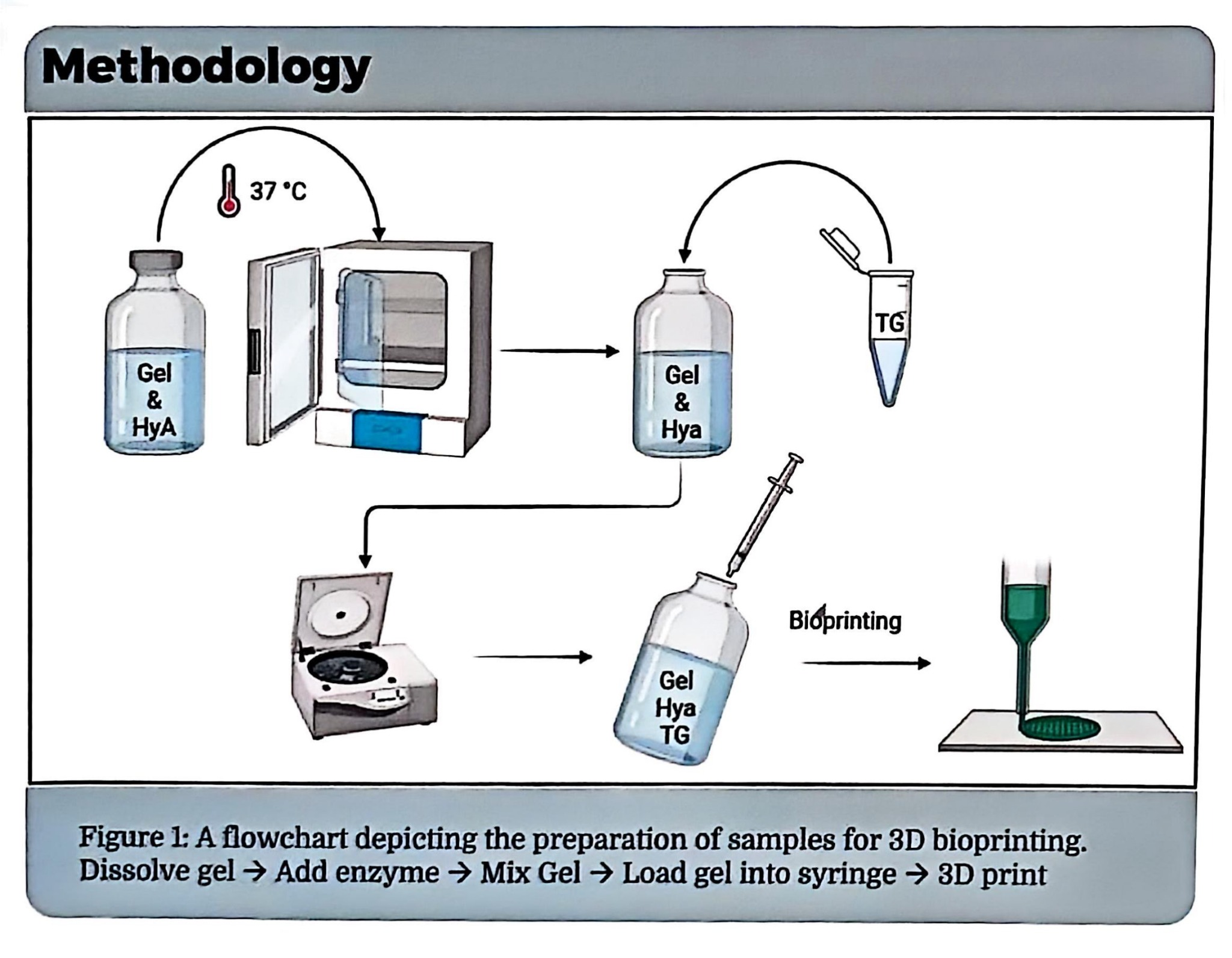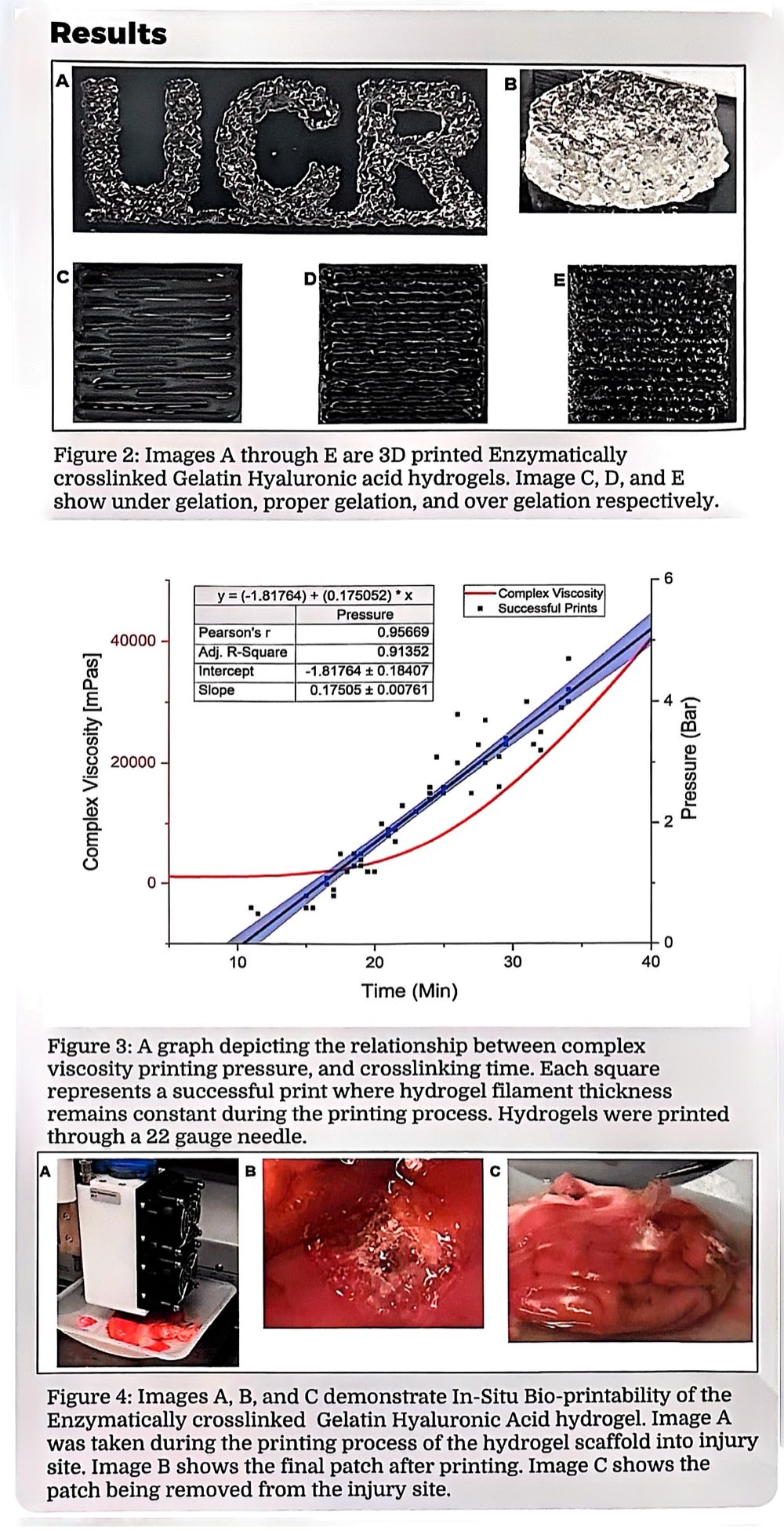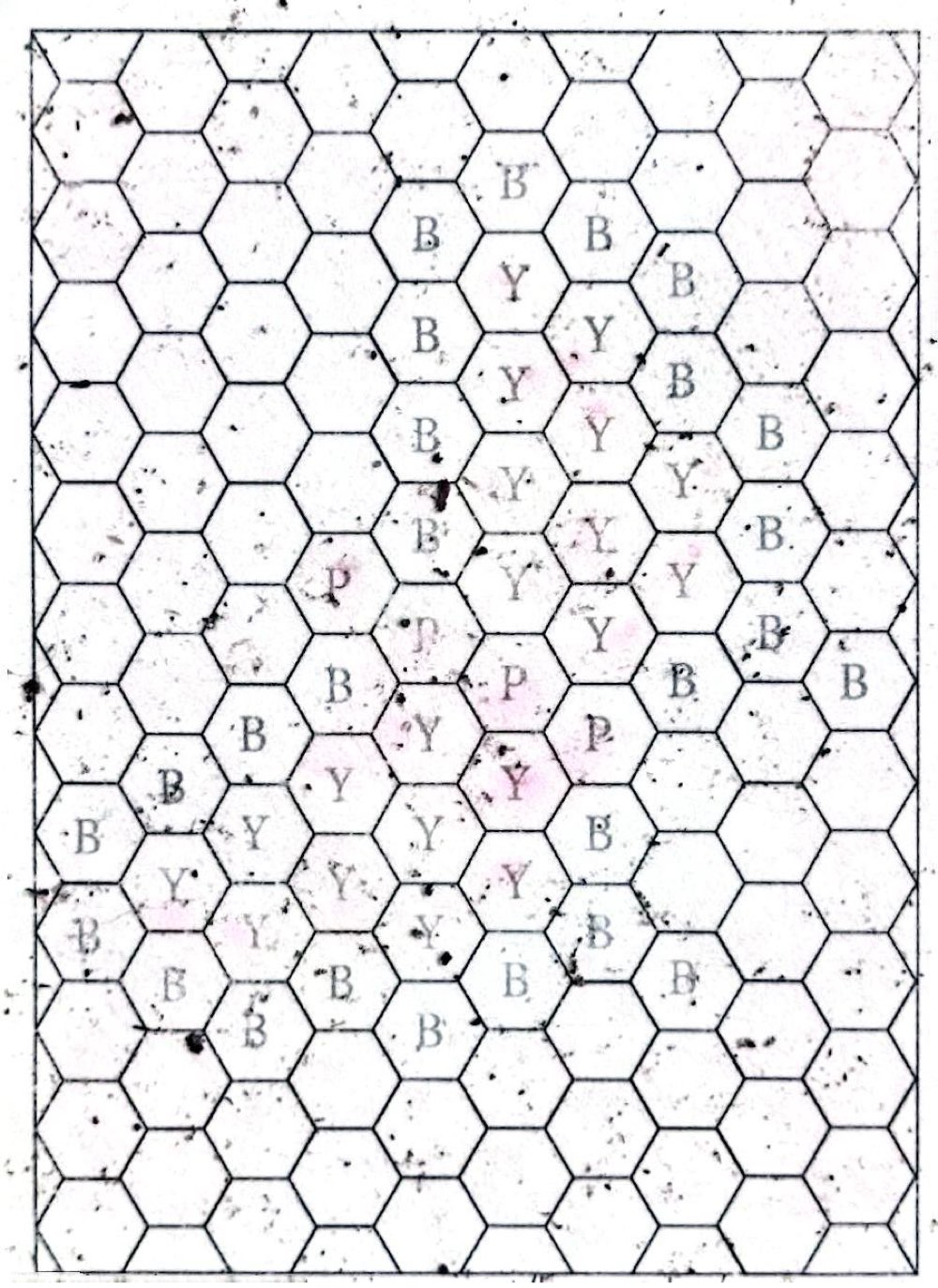
3D Customization of Radomes using Biopolymer Collector-Emitter Transistors
Pluripotent Analytics, LLC presents a groundbreaking solution under Patent 12105501: a method for fabricating mission-specific, 3D-printed components with embedded intelligence and identity. Designed to support the Department of the Navy’s Information Superiority Vision 2.0, this solution converts mission data into tamper-evident, verifiable hardware that performs autonomously in communications-denied environments.
The core innovation is a tensor-to-voxel process that translates operational variables—such as elasticity, sensor function, or electromagnetic response—into logic-encoded, structurally unique components. These parts self-validate and report tampering without relying on external systems, making them ideal for ISR, unmanned platforms, and zero-trust environments.
This capability supports edge-deployed autonomy and decision dominance with no reliance on cloud infrastructure. Pluripotent Analytics is submitting this solution for Phase I SBIR/STTR funding to prototype the full fabrication pipeline.
Pluripotent Analytics, LLC is a small business with DUNS and SAM registration and maintains compliance with DFARS cyber requirements. The company has experience supporting dual-use R&D projects with defense and intelligence partners.
01
Introduction
A suitable dopant substitution is recognized as a general but important approach to tailoring the conductivity of piezoelectric materials. However, it needs to be ingeniously designed to obtain piezoelectric materials with high conductivity merely by combining the ion doping substitution with a typical sintering procedure.
A high-temperature piezoelectric compound based on oxide's conductivity strongly depends on the oxygen vacancy concentration. Therefore, adjusting the oxygen vacancy concentration can also alter the conductivity. For example, with respect to Bi3Ti4O12 (BIT)-based piezoelectric material, during the sintering process, high oxygen vacancy concentrations generated by the volatilization of the bismuth element pose a significant challenge to its practical application. Fortunately, co-doping can alleviate this problem; co-doping reduces the oxygen vacancy concentration, enhances electrical resistivity, and improves piezoelectric properties.
Therein, forming a solid solution of multiple compounds (i.e., thermoplastic biopolymer-adhesives) can reduce the free energy and facilitate the sintering process. Also, the content variation of a second unit (i.e., Zener diodes with a high Young’s modulus from using graphene-doped biodegradable lattices) plays a crucial role in the phase structure changes, leading to the morphotropic phase boundary (i.e., MPB) or polymorphic phase transition. By incorporating the perovskite NaNbO3 into Ca2Nb207 and Sr2Nb207, PatentPrepper© designed a novel ferroelectric niobate from the Hessian convolution (i.e., dyadic product) of the given fractal crystal structure for application of Radar Cross Section (i.e., RCS) optimization.
A Zener diode, a special type of diode, is a versatile component used for voltage regulation. It ensures a constant voltage under varying loads, a function that sets it apart from other diodes such as half-wave rectifier diodes and full-wave rectifier diodes. Zener diodes can maintain functionality within the breakdown region of the PN junction, even under reverse-bias conditions, such as avalanche-breakdown. This versatility ensures that Zener diodes do not break down under reverse bias. Furthermore, Zener diodes also maintain functionality in the PN junction's forward-bias region.
The output characteristics of a collector-emitter transistor are such that the voltage of the collector-emitter transistor is the summation of the voltage collector-base and the voltage-base emitter; the collector-current will increase and the base-current will decrease from increasing the output voltage of the collector-emitter transistor. Thus, in the saturation region of the PN junction, the direction of the collector-current of the transistor will flip 180-degrees whereupon the region of the voltage collector-emitter of the transistor that is negative represents the saturation region, where the saturation region of the PN junction is forward-biasing; the direction of the current of the base region of the CE transistor will flip 180-degrees and the cut-off region of the CE transistor is reverse-biasing.
Polysaccharide-Based Nanocomposites
Polysaccharide-based nanocomposites have been widely studied in the field of Material Sciences Engineering, and the inclusion of nanofillers into polysaccharide formations may result in improved properties and added functions. For example, chitosan/silver-nanoparticles nano-composites showed strong bactericidal activity without significant cytotoxicity. It was proposed that silver nanoparticles immobilized in the polysaccharide gel matrix can exert their antibacterial action by simple contact with the bacterial membrane, while they cannot be taken up and internalized by cells, prepared nanocomposites made of amylopectin, glycerol, and a high content of microfibrillated cellulose (MFC) by solution casting. Due to the biomimetic structure like plant cell walls, the nanocomposite with 70 wt % MFC showed high tensile strength, high modulus, and very high work of fracture (toughness).
For nanocomposites development, the compatibility between the nanofiller and the polysaccharide matrix and the dispersion of the nanofiller in the polysaccharide matrix are highly important. Most nanofillers that are widely used for developing polymer nanocomposites, such as carbonaceous nanofillers and metal nanoparticles, are not as hydrophilic as polysaccharides, and thus can only form weak interfacial interactions with the polysaccharide matrix. In contrast, hydrophilic nano-fillers such as clays and polysaccharide nanofillers (e.g., cellulose nanofibers and chitin nanowhiskers) can be more easily dispersed in polysaccharide matrices. Graphene is hydrophobic and not easy to be dispersed in a polysaccharide matrix, whereas graphene oxide, which has oxygen containing groups (e.g,, -OH and -COOH) and is negatively charged, can interact with polysaccharides (especially positively charged chitosan) more strongly. In situ synthesis of metal nanoparticles (e.g., silver nanoparticles) in polysaccharides by chemical reduction is an effective strategy to create polysaccharide nanocomposites with excellently dispersed metal nanoparticles.
3D printing has recently emerged as a versatile technology to manufacture materials with complex three-dimensional structures. The 3D printing of polysaccharide-based materials has also been studied to some extent, especially in food and biomedical applications. For biopolymers, extrusion-based 3D printing has been used to the greatest extent. Inks based on polysaccharídes are usually in the form of paste, which requires the use of non-melting extrusion-based printing techniques, typically like direct ink writing (DIW).
After the ink is extruded out of the nozzle andI deposited on the stage, it needs to be solidified by cooling,drying,or physical (e.g., ionic) or chemical cross-linking. DIW is also an important technique for the 3D printing of foods, especially starch based ones.
Improving Mechanical Properties of PHBV
Carbon nanotubes are an additive used as a reinforcement for PHBV. Although at the moment carbon nanotubes cannot be considered renewable, promising efforts are being made to produce them from renewable resources and research their biodegradability.
As the rigidity of most PHAs is one of the main drawbacks, plasticizers are preferred as the most common additives. Indeed, plasticizers influence the thermal properties of the polymers,reducing the glass transition and the crystallinity,with an improvement of the ductility as a consequence. As an example,tributyl-citrate was added to PHBV, resulting in biocomposites with improved elongation at break.
With the same trend, different plasticizers were added coupled with saccharin as a nucleating agent, and found improved mechanical properties such as elongation at break and impact strength.
02
The Problem — RF Emission of a Non-Scattering Target
Radiation hardening, a costly technology, is a crucial measure that ensures the resilience of electronic components and systems against the damaging effects of ionizing radiation in outer space and high-altitude flights of unmanned aerial vehicles. Most semiconductor companies produce a broad range of radiation (RedHard) MIL-PRF-38535/QML-compliant products for aerospace and harsh environment applications. However, due to the specific fabrication process, low volume production, and extensive development and testing process, the price of radiation-hardened chips is very high. This high cost, while a barrier, is a necessary investment in the safety and reliability of electronic systems.
It is of particular interest to study the increase in range of beacon operation over conventional radar operation. In general beacon application that target is a receiving antenna, which picks up the signal and uses it to trigger a beacon transmitter, which reradiates a coded signal to the radar transmitter. The transmissions are therefore of the square-law nature in both directions.
03
The PatentPrepper© Solution – Hybrid Antibacterial with Electro-Conductive Coatings for Textiles
The development of hybrid antibacterial and electro-conductive coatings for textiles is a cutting-edge and cost-effective approach, combining materials science, electronics, and bioengineering thus aggregating to a “Organ-on-Chip" architecture for Radiation Cross Section (RCS) minimization, suppressing the effects of RF retroflection of electronic components by:
(1) Enhancing textile surfaces with antibacterial properties using cationic conjugated polymers (CCPs); (2) integrating thermoplastic biopolymer adhesives to ensure durability, flexibility, and adhesion to textiles; and (3) embedding Zener diodes within a graphene-doped biodegradable lattice to create a conductive, high Young’s modulus material.
Improving Thermal Stability and Processability
Looking at PHAs end-of-life, although biodegradability could reduce the impact of plastic waste in the oceans, the natural degradation of biodegradable polymers should not be considered as the unique solution for plastic waste,but it should be seen as the ultimate scenario in the case where they are accidentally disposed of in the environment. A more environmentally friendly approach is to take advantage of its biodegradability for organic recycling, i.e., the production of nutrient rich soils thanks to PHA degradation by microorganisms that can be used for plant growth.

Introducing BabaYaga Coat™ — Advanced Metamaterial Shielding for Next-Gen Electromagnetic Stealth Applications

In an era where electronic warfare is evolving at an unprecedented pace, BabaYaga Coat™ redefines electromagnetic stealth with cutting-edge metamaterial shielding. Engineered for next-gen defense applications, it delivers superior protection against detection, disruption, and countermeasures—ensuring mission success in the most contested environments through its novel process, such a unique method implements Single Wall Carbon Nanotube (SWNT) Disperson for the purposes of Electromagnetic Counter-Counter Measure developments.
Pluripotent Analytics, LLC© presents a groundbreaking solution under Patent 12105501: a method for fabricating mission-specific, 3D-printed components with embedded intelligence and identity. Designed to support the Department of the Navy’s Information Superiority Vision 2.0, this solution converts mission data into tamper-evident, verifiable hardware that performs autonomously in communications-denied environments.
The core innovation is a tensor-to-voxel process that translates operational variables—such as elasticity, sensor function, or electromagnetic response—into logic-encoded, structurally unique components. These parts self-validate and report tampering without relying on external systems, making them ideal for ISR, unmanned platforms, and zero-trust environments.
This capability supports edge-deployed autonomy and decision dominance with no reliance on cloud infrastructure. Pluripotent Analytics is submitting this solution for Phase I SBIR/STTR funding to prototype the full fabrication pipeline.
Pluripotent Analytics, LLC is a small business with DUNS and SAM registration and maintains compliance with DFARS cyber requirements. The company has experience supporting dual-use R&D projects with defense and intelligence partners.


